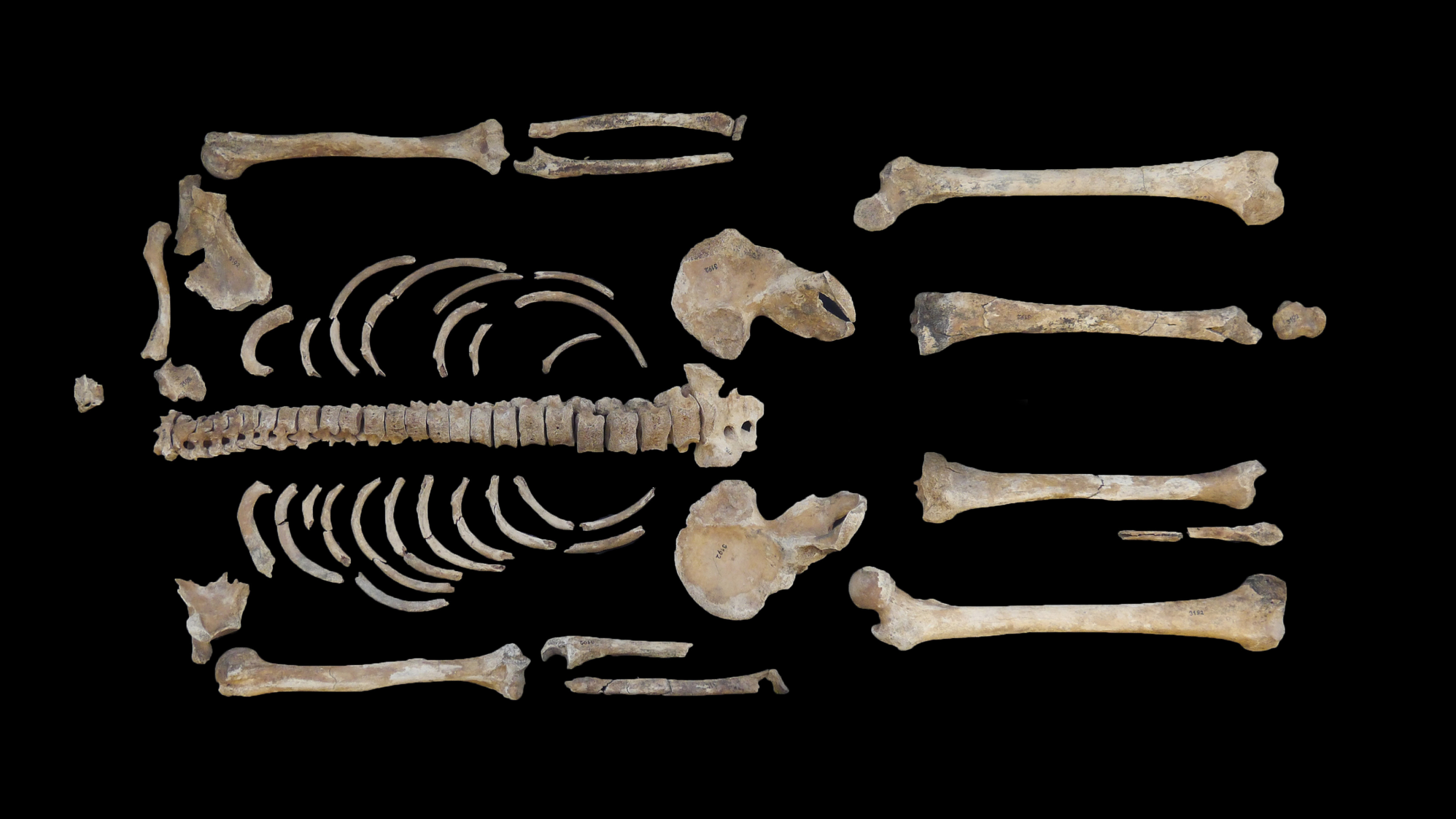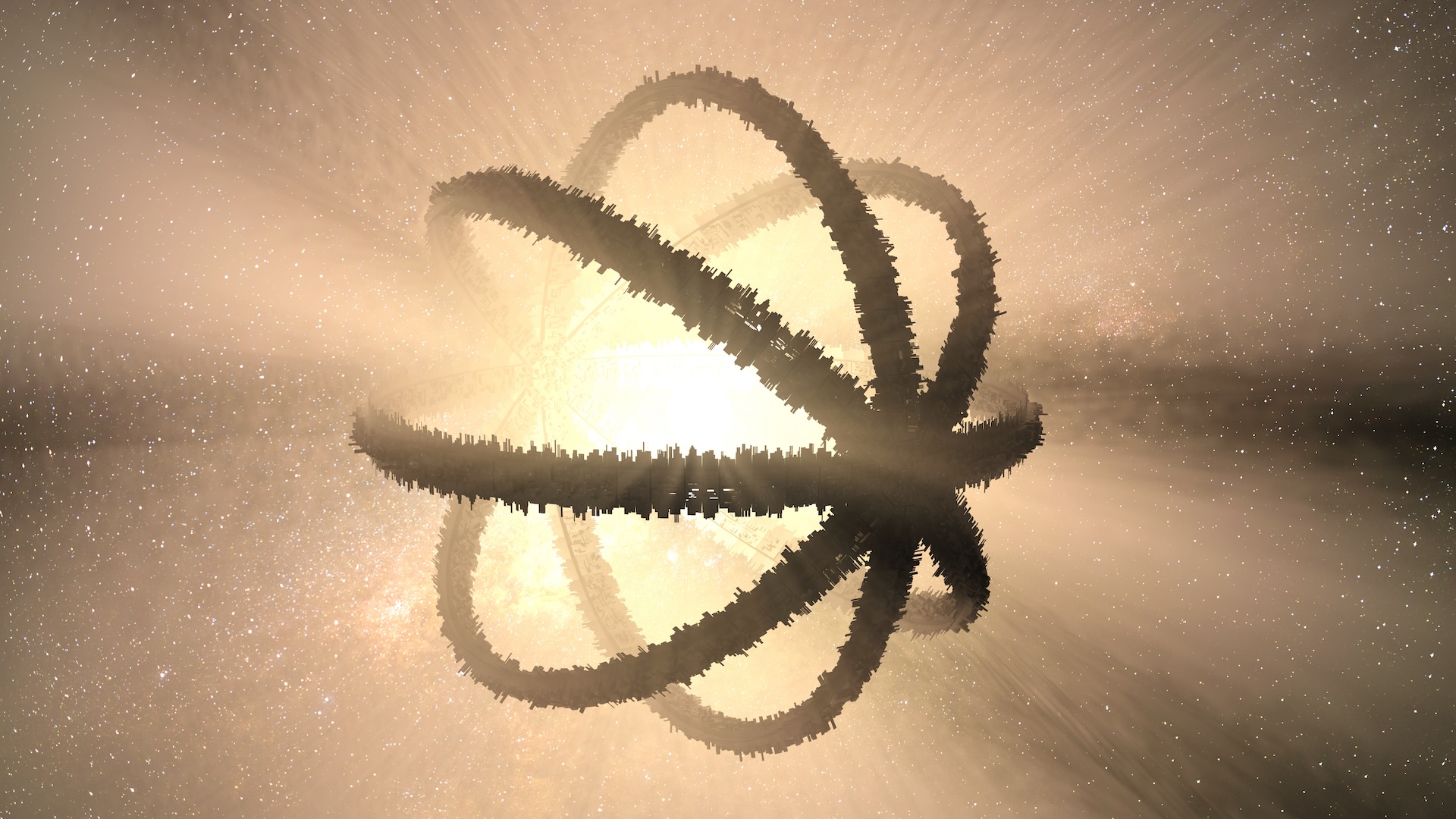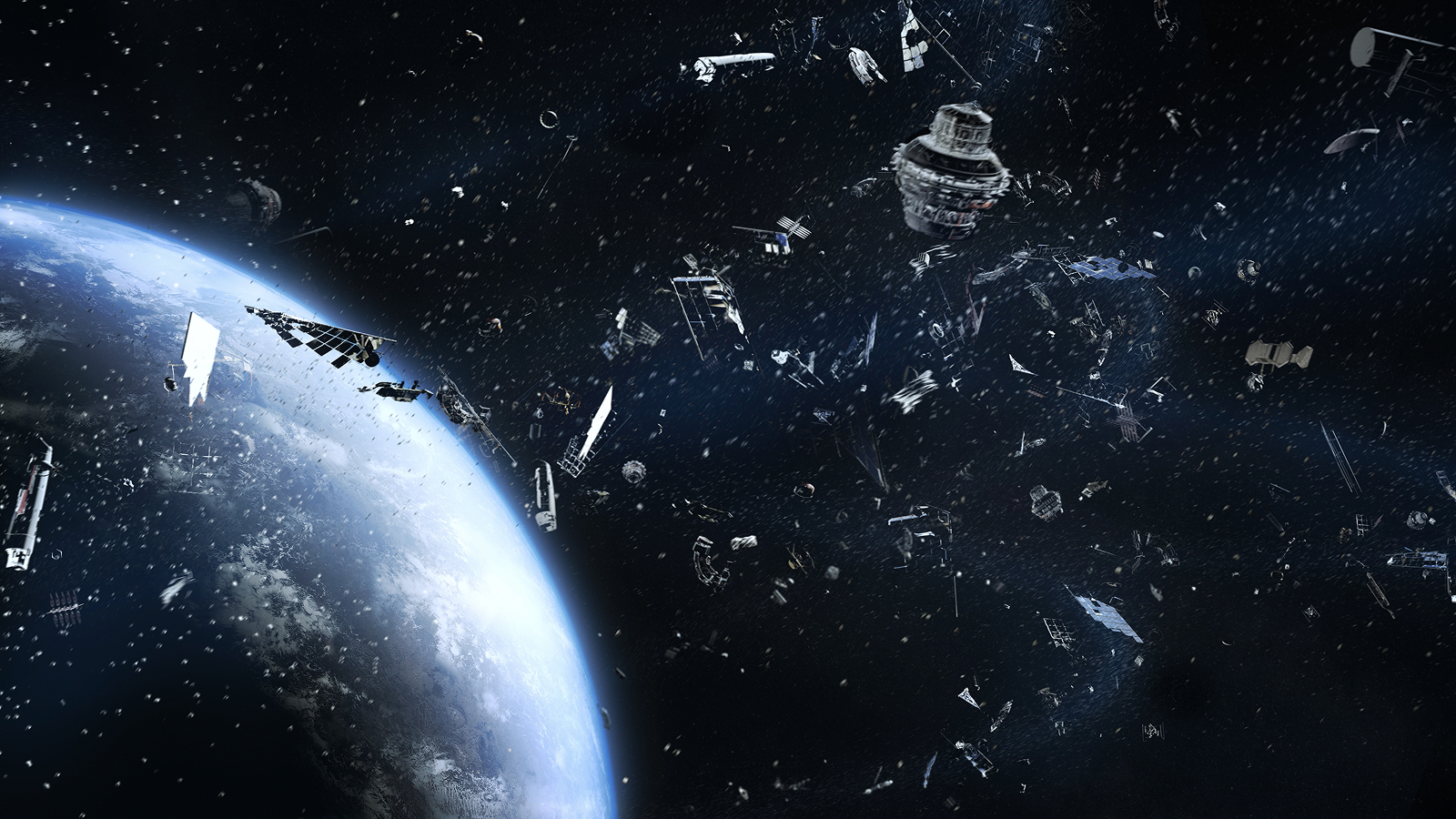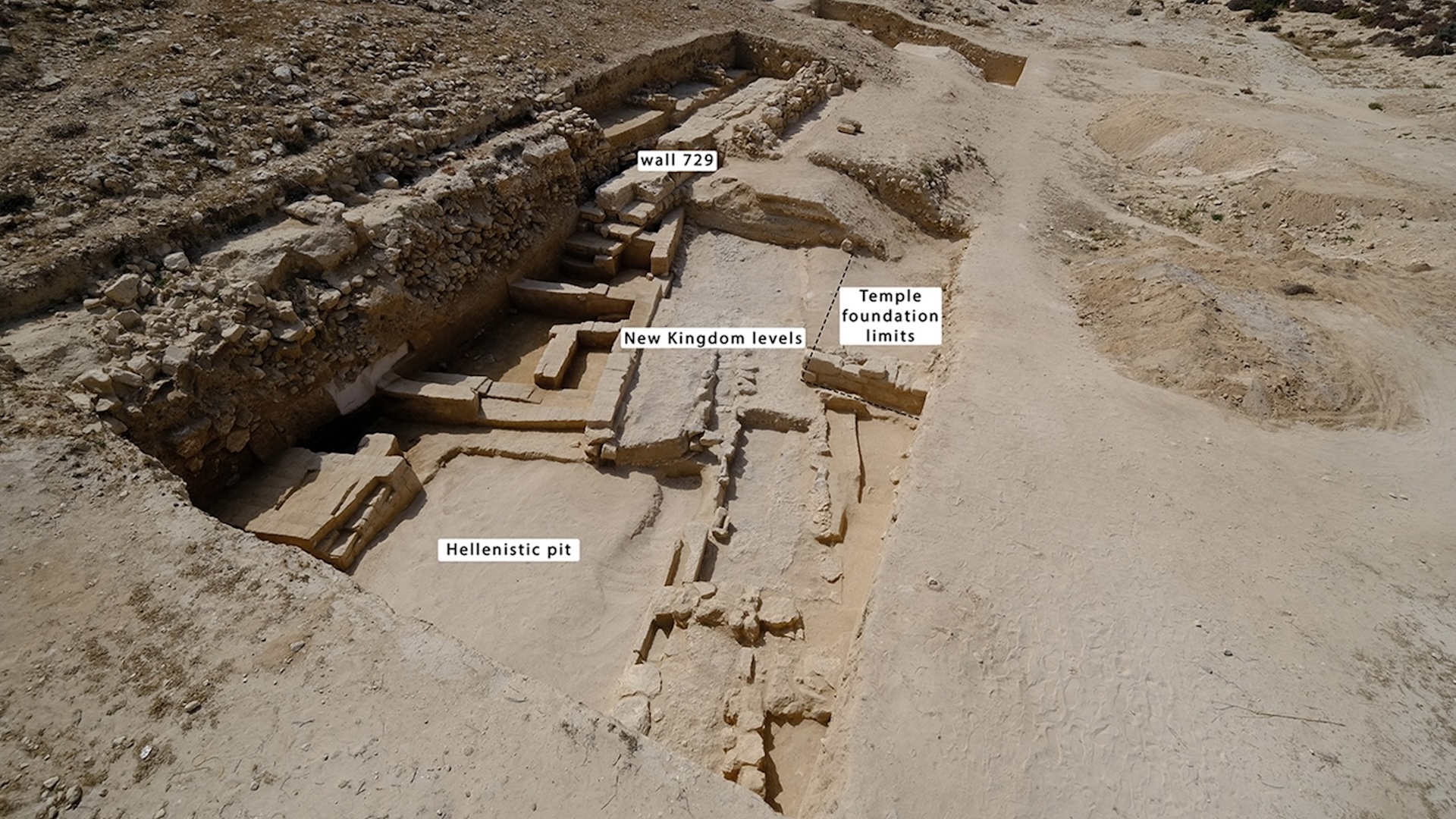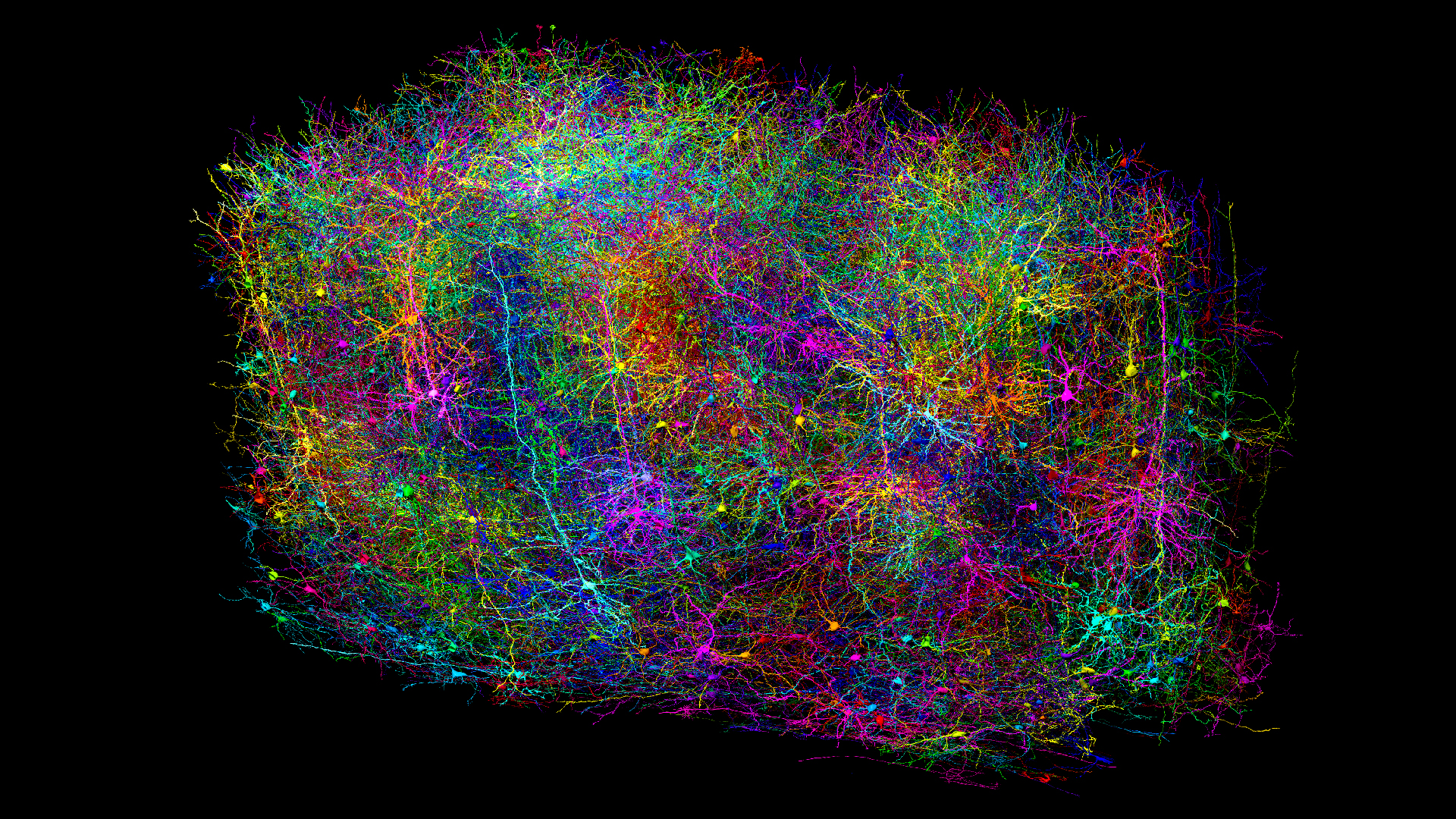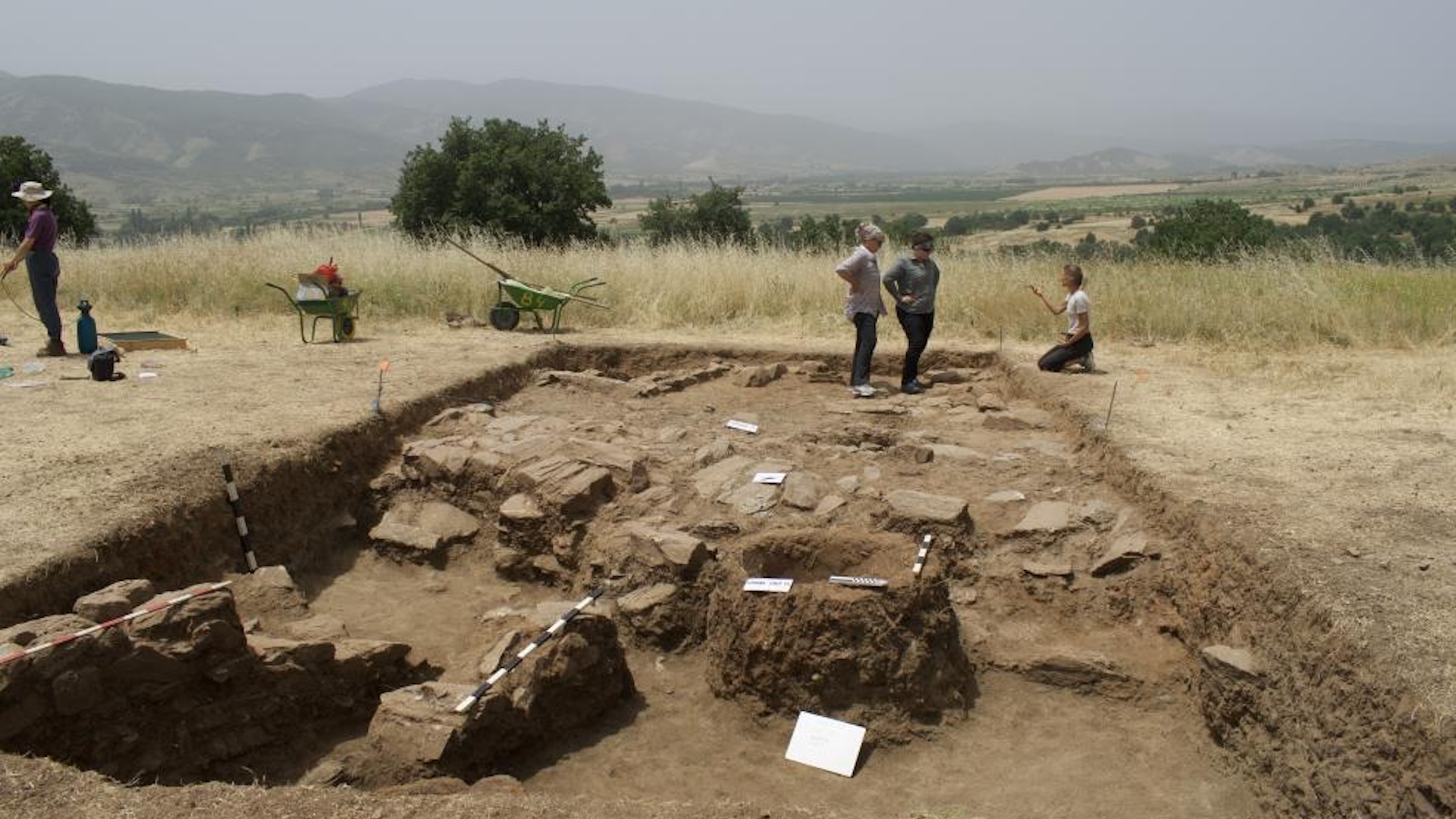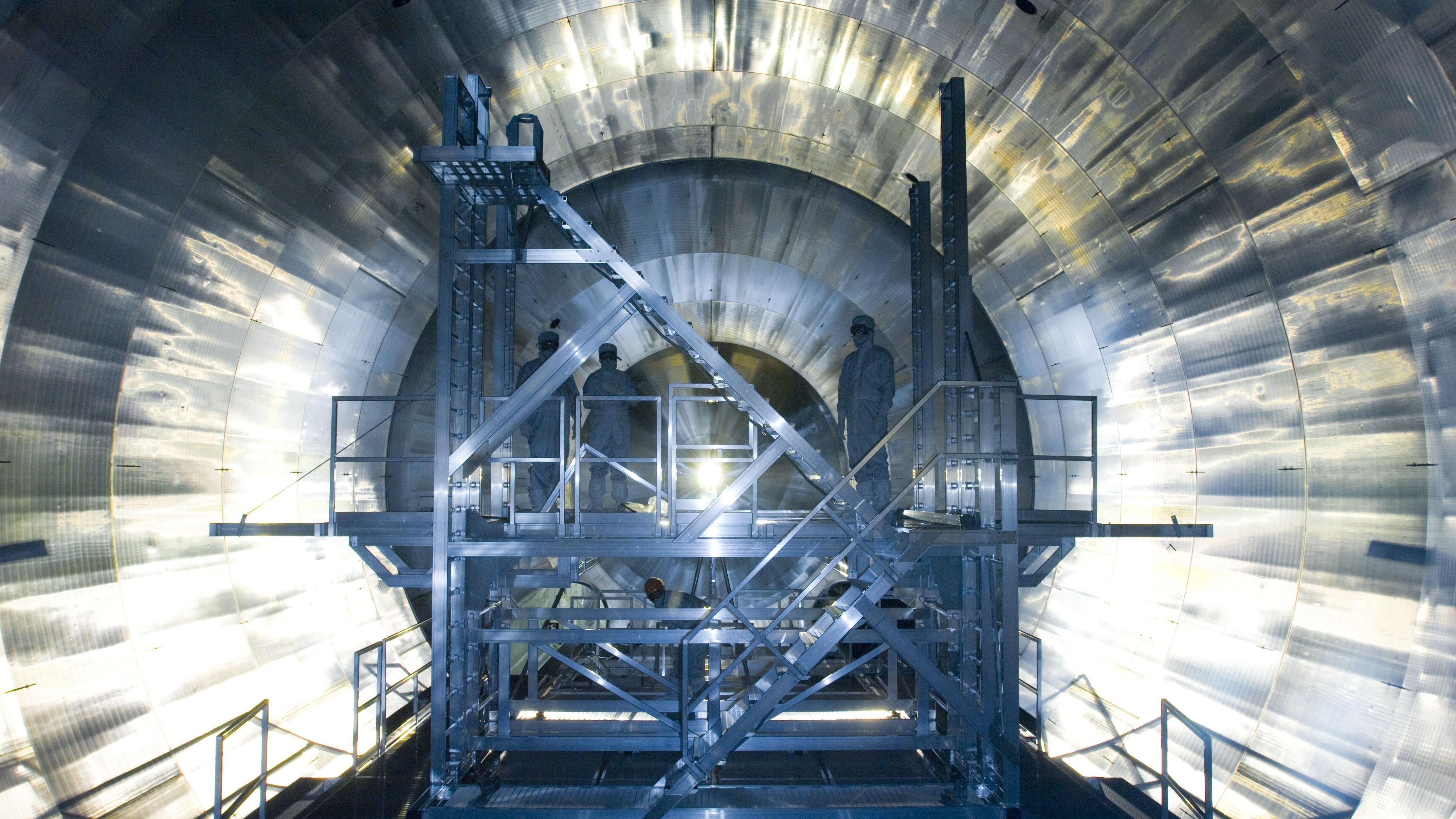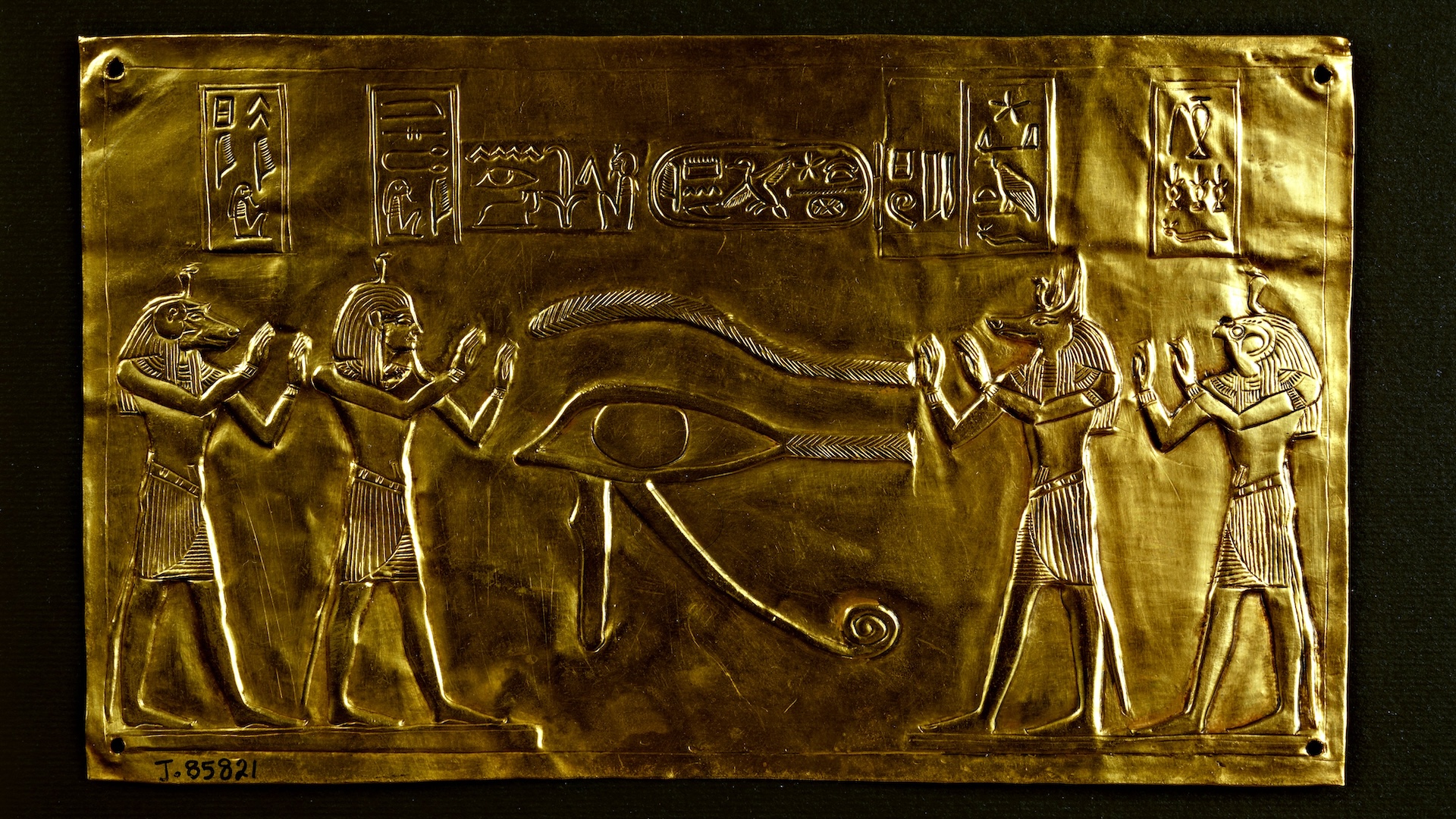
Why do cats have 'toe beans'?
The round little pads on cats' paws are more than just cute — they're a feat of evolution that serve many important functions.
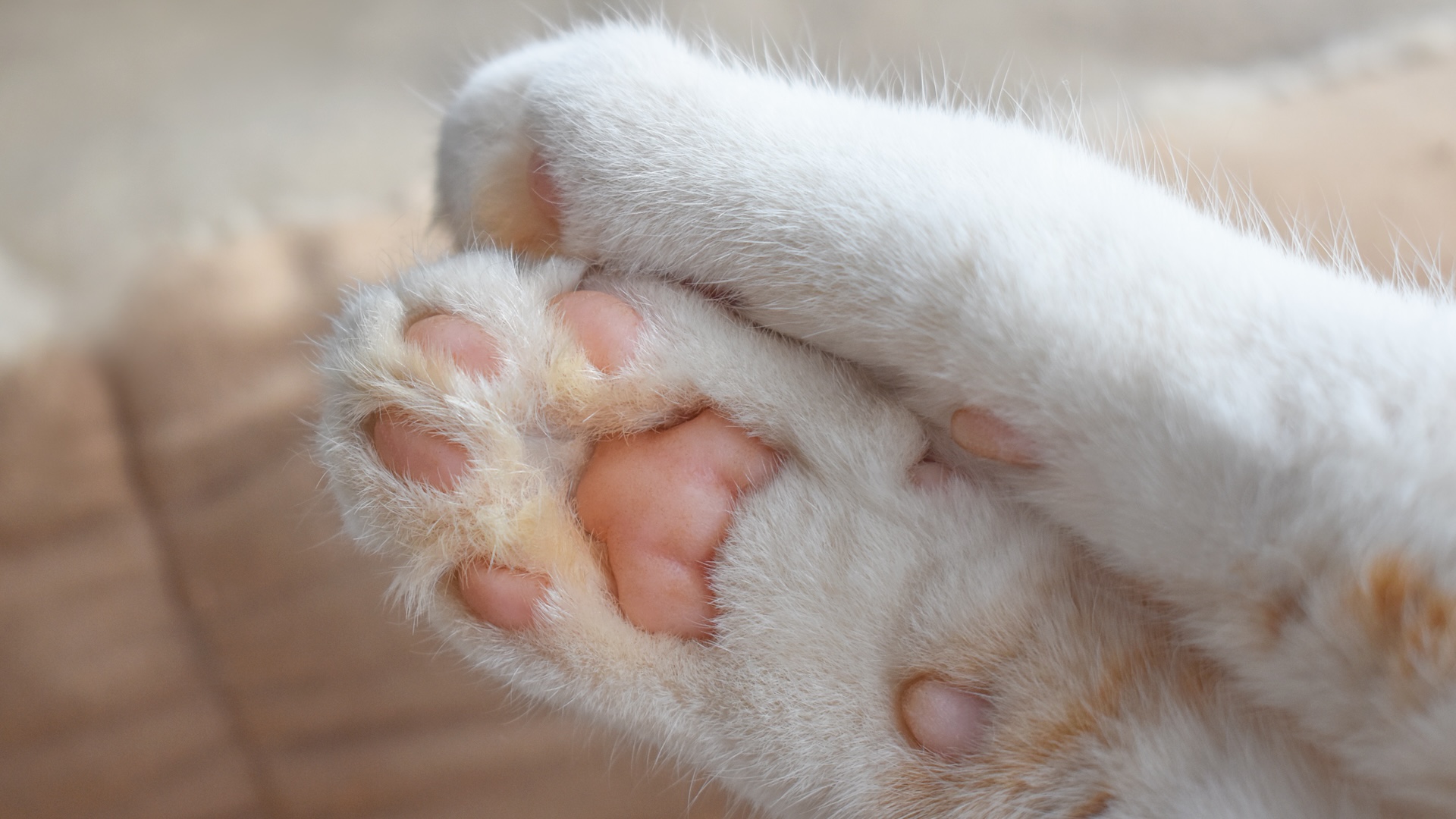
From their tiny noses to their fluffy tails, there's a lot to love about cats. Many feline aficionados' favorite part about their furry friends' appearance might be their "toe beans" — the soft, round cushions on a cat's feet, also called paw pads. Nicknamed for their resemblance to actual beans, these little pads are the subject of countless cute cat videos, and the internet even has whole forums dedicated to them.
But why do cats have toe beans? The answer traces back to millions of years of evolution.
"The question, in some sense, isn't why cats have toe beans," Jonathan Losos, an evolutionary biologist at Washington University in St. Louis and the author of "The Cat's Meow: How Cats Evolved from the Savanna to Your Sofa" (Viking, 2023), told Live Science. He said most members of Carnivora — the taxonomic order that includes cats, dogs, wolves, bears, raccoons and otters — also have paw pads in some form or another. Therefore, the real question is why all of those animals have paw pads.
Losos said paw pads probably evolved about 50 million years ago, when Carnivora first emerged. "It's a long-held trait, and I suspect, for the most part, that all of them have it for the same purpose," he said.
Paw pads serve a few important functions in cats and their Carnivora cousins. The first is to help with running, jumping and landing softly. Most importantly, Losos said, they act as a sort of shock absorber; highly specialized toe beans are one reason cats can fall from great heights without sustaining severe injuries.
Related: How do cats land on their feet?
The insides of cats' toe beans are made of fat tissue bound to collagen, which gives them their squishy, bouncy feel and helps absorb shock waves from impact. One study that examined the structure of domestic cats' paw pads found that they become stiffer as they compress, which helps cushion a landing. The researchers also observed that on a cellular level, paw pads are filled with ellipse-shaped pockets of fat that absorb energy and prevent instability when the cat is landing.
Sign up for the Live Science daily newsletter now
Get the world’s most fascinating discoveries delivered straight to your inbox.
Feline toe beans are so good at cushioning falls that some scientists studied them to create better footwear for paratroopers. The researchers mimicked the fat-filled structure of the paw pads to 3D print shoe soles that helped soften high falls.
In addition to providing a soft surface to land on, toe beans help with agility by providing traction. Without paw pads, cats, dogs and other members of Carnivora would slip and slide around on their furry feet. And just like human fingers, paw pads are supersensitive. Amy Shojai, a certified animal behavior consultant and pet care author, told Live Science in an email that cats detect small temperature differences through their toe beans and that the area is highly attuned to different textures.
Toe beans are also one of the only places on a cat's body with sweat glands, and the same holds true for most other members of Carnivora. "You may notice damp paw prints when your cat feels unduly stressed," Shojai said. This paw pad sweat can help regulate their body temperature a bit, but cats mostly rely on licking themselves to stay cool.
Shojai explained that the rainbow of potential paw pad colors is mostly a reflection of each cat's fur color, caused by the amount of melanin in the area. In general, darker fur corresponds with black or brown toe beans, and lighter fur corresponds with pink toe beans. Similarly, multicolored cats might have multicolored toe beans.
Shojai says it's a good idea for pet owners to keep an eye on the toe beans of their feline friends. Because toe beans serve such vital functions for cats, problems like changes in color, swelling or extreme dryness are valid reasons for a trip to the vet.
All in all, the science shows that toe beans are a feat of evolution, honed over millions of years to optimize cats' ability to hunt and survive. And on top of that? "They certainly are adorable," Losos said.

Marilyn Perkins is the content manager at Live Science. She is a science writer and illustrator based in Los Angeles, California. She received her master’s degree in science writing from Johns Hopkins and her bachelor's degree in neuroscience from Pomona College. Her work has been featured in publications including New Scientist, the Johns Hopkins Bloomberg School of Public Health magazine and Penn Today, and she was the recipient of the 2024 National Association of Science Writers Excellence in Institutional Writing Award, short-form category.
You must confirm your public display name before commenting
Please logout and then login again, you will then be prompted to enter your display name.

